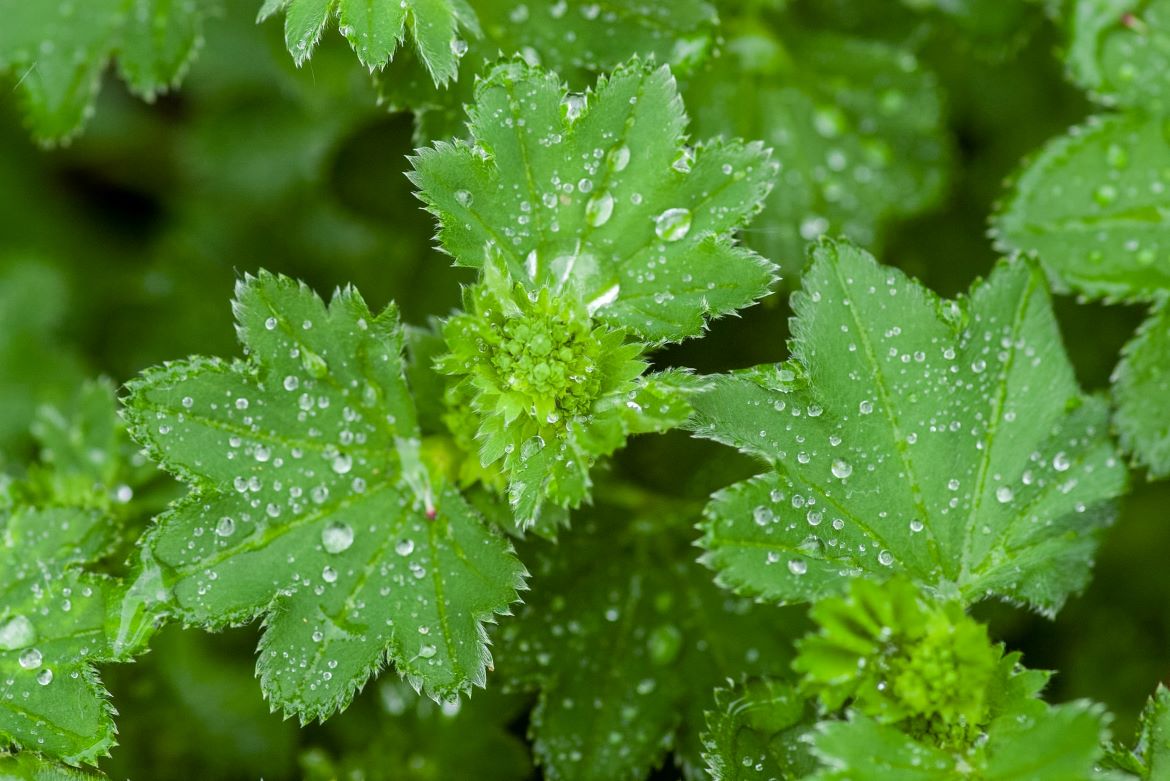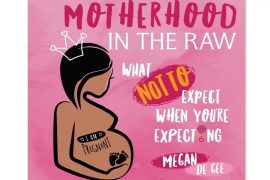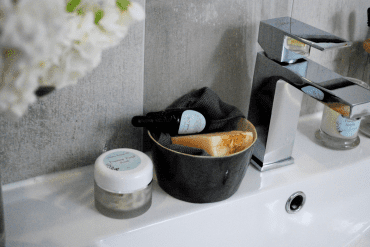By Chelsey Costa
Using herbal medicine for women’s health concerns and management often form a large part of a naturopath’s repertoire.
I am so grateful to be a herbalist because when presented with pretty much any female or hormonal health concern, instead of having a limited scope to prescribe a pill to shut things down, we have a wide range of herbs that work to modulate and correct most female health concerns. These herbs are always tailored to the individual and what is going on for them.
There are similar yet subtle differences to the herbs we use, and it takes a trained herbalist to be attuned to these differences and be able to select the appropriate herbs.
Here are some of the most commonly used herbal medicine for women’s health.
Vitex
Common name: Also known as chaste tree
Botanical name: Vitex angus-castus
You can think of vitex for pretty much any complaint that is worse before menstruation or in the luteal phase – including premenstrual syndrome (PMS), acne that is worse before a period, spotting, bloating and tender breasts. It is a wonderful regulator of the hypothalamic pituitary ovarian (HPO) axis which helps to regulate ovulation, correct irregular bleeding and amenorrhoea.
Caution: vitex as amazing for many things, BUT, if you have PCOS, vitex may not be the right herb for you. This is because it can raise luteinising hormone (LH) levels, which in many women with PCOS is already too high, thus it can worsen cycle regularity if this is the case for you.
Using herbal medicine for women’s health concerns and management often form a large part of a naturopath’s repertoire.
Paeonia
Botanical name: Paeonia lactiflora
This herb is one the most versatile herbal medicines for women’s health. It is also a regulatory of the HPO axis as it helps to regulate menstrual irregularities. As a spasmolytic, it is great to add into a herbal for spasmodic dysmenorrhea. It is a key herb to think about for PCOS, especially in combination with licorice, as this combination helps to reduce androgen excess by up-regulating the conversion of testosterone to oestrogen.
Dong Quai
Botanical name: Angelica sinensis
This herb is a primary herb to think about in the treatment of painful periods as it is a uterine tonic, meaning it helps to regulate the contraction and relaxation of the uterine muscle. It also works to reduce inflammatory prostaglandins that are associated with period pain. It is a warming herb that improves blood flow to the uterus.
Shatavari
Botanical name: Asparagus racemosus
“Shatavari” means a woman with one thousand husbands and is traditionally an Ayurvedic herbal medicine. It is a versatile herb used for tonifying and nourishing female reproductive functions. It increases libido (hence the name’s meaning), is a tonic to the ovaries, enhances folliculogenesis and ovulation, supports healthy mucus production, can help prevent miscarriages and can also be used post-partum to support healthy lactation. An added benefit is that it is also an adaptogen, which means it aids the body’s resilience to stressors. It can be used in young women with menstrual issues, right up to post-menopausal women.











